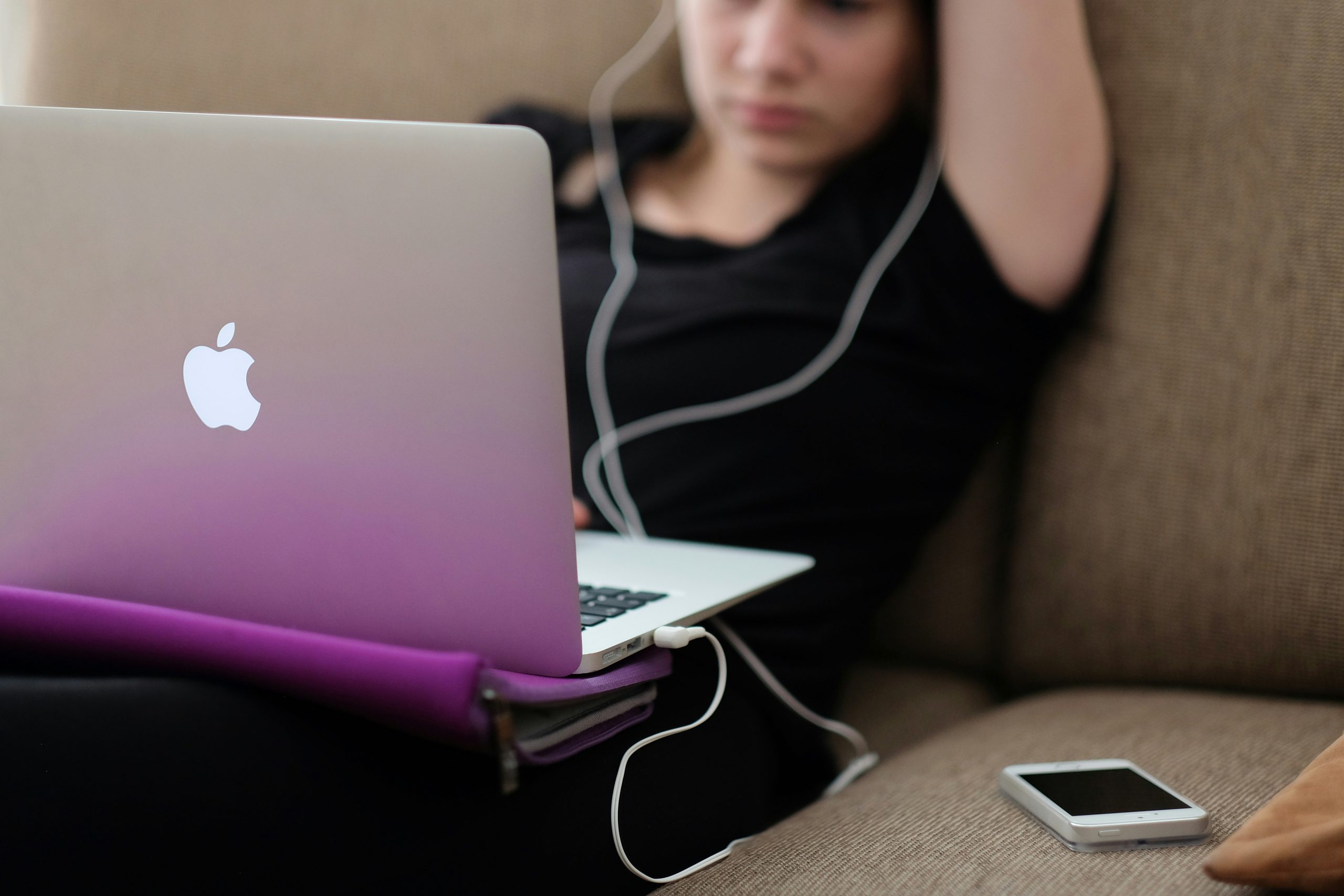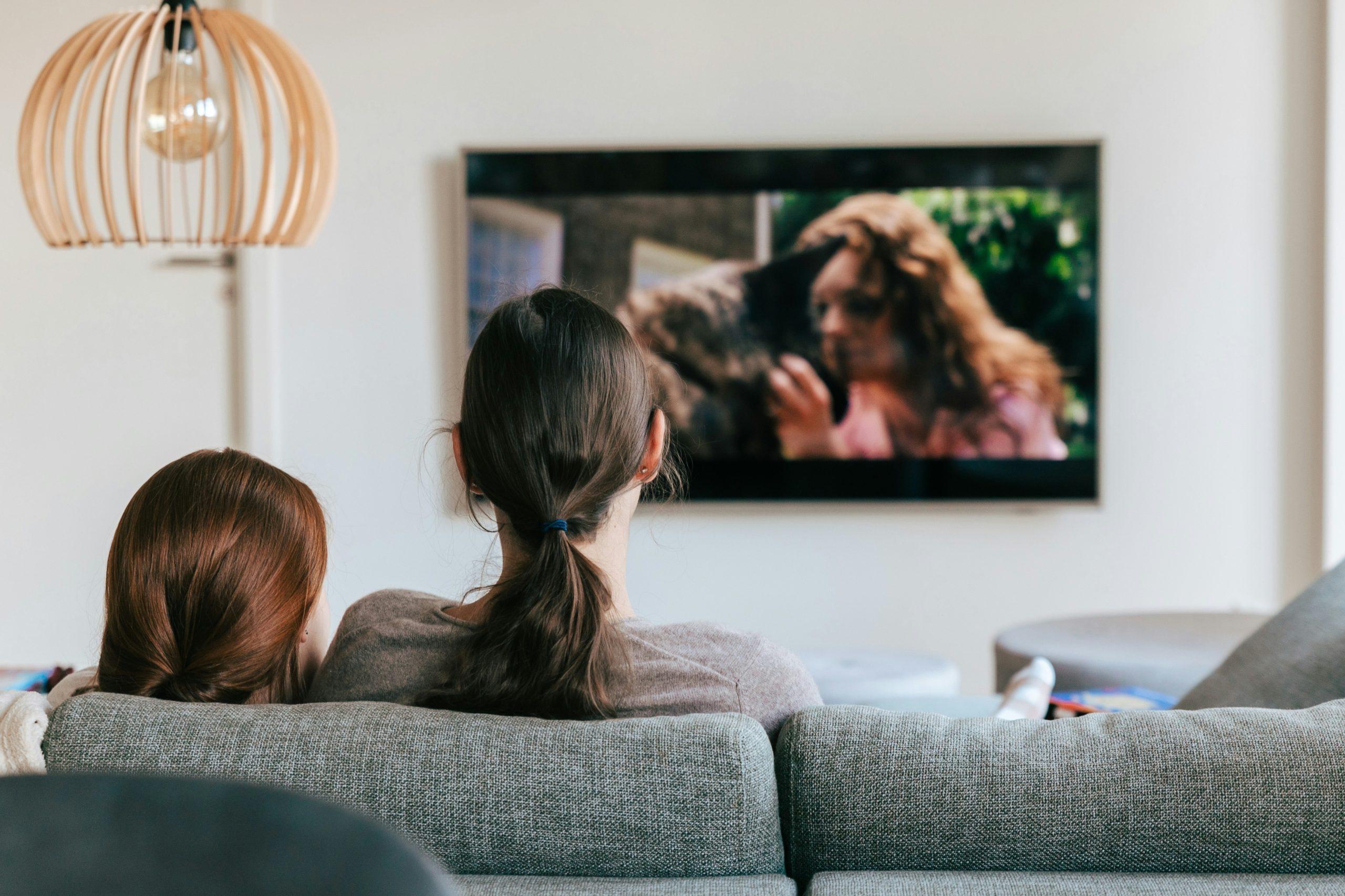Imagine settling into your favorite chair, popcorn in hand, ready to dive into the latest blockbuster or binge-watch that series everyone has been raving about. Yet, as you launch Kodi—a beloved media player known for its versatility and expansive library—you’re met with frustration instead of entertainment: videos refuse to play. If you’ve ever found yourself staring at a frozen screen or grappling with cryptic error messages, you’re not alone. Many Kodi users experience video playback issues that can turn an evening of relaxation into a tech troubleshooting marathon.
But don’t despair! This guide is here to help you navigate the common pitfalls and restore your viewing pleasure with ease. From configuration hiccups to outdated add-ons, we’ll explore the various reasons behind those pesky playback problems and offer practical solutions to get you back on track. Whether you’re a seasoned Kodi enthusiast or new to the platform’s vast capabilities, our insights will empower you to tackle these challenges head-on and reclaim your streaming experience. Let’s unravel the mysteries of why Kodi won’t play videos and transform those frustrating moments into seamless entertainment!
Common Causes of Video Playback Problems
Video playback problems in Kodi can stem from various sources, often leaving users frustrated and unsure of how to proceed. One frequent culprit is the codec issue, where unsupported video formats or outdated codecs hinder playback. In a world of rapidly evolving media formats, it’s crucial to ensure that your Kodi setup is equipped with the latest codecs or add-ons that support a wider array of file types.
Network connectivity also plays a significant role; buffering and stuttering can result from poor internet speeds or unstable connections when streaming content online. It’s worth considering not just your router’s proximity but also network congestion—especially during peak usage times—which can dramatically impact streaming quality. Lastly, compatibility issues between plugins and different versions of Kodi can create unexpected snags; always double-check if you’re using the most compatible combinations to guarantee smooth sailing for your viewing experience.

Check Your Internet Connection Stability
One of the first steps in troubleshooting Kodi’s playback issues is to check your internet connection stability. A flaky connection can lead to buffering, lag, or even a complete failure to stream content. Begin by running a speed test to gauge your download and upload speeds; anything below 5 Mbps could hinder smooth streaming. If you’re using Wi-Fi, consider switching to a wired Ethernet connection for more reliable performance.
Additionally, it’s essential to assess not just speed but also latency and packet loss—two factors that can degrade your streaming experience. High latency could mean delays in data transmission, while packet loss indicates missing data during streaming sessions. Consider rebooting your router or modem if you notice instability; sometimes a simple reset can remarkably improve performance. Don’t forget about network congestion either; peak usage times when many devices are online may strain bandwidth and impact Kodi’s ability to play videos smoothly. By ensuring that your internet is stable and robust, you pave the way for an uninterrupted viewing experience on Kodi.
Update Kodi to the Latest Version
Updating Kodi to the latest version can significantly enhance your viewing experience and help resolve myriad playback issues. Each new release not only comes packed with improvements in performance and stability but also introduces support for the newest video formats, codecs, and streaming services. If you’ve been grappling with buffering or playback errors, a simple update might be the fix you need. The development team continuously refines the platform based on user feedback, ensuring you enjoy seamless access to your favorite content.
Moreover, staying up-to-date means better security features that protect your digital footprint as you stream online. Vulnerabilities in older versions can expose users to malware or data breaches—issues easily avoided by embracing regular updates. Additionally, newer builds often come with enhanced compatibility for popular add-ons that can further enrich your media library. So not just for fixes alone; updating Kodi is an essential step toward unlocking an upgraded streaming universe tailored to your needs! Always remember to back up your settings before initiating an update so that any customization you’ve made is preserved seamlessly.

Clear Cache and Data in Kodi
When Kodi users encounter issues with video playback, one often overlooked solution is clearing the cache and data. This simple step can significantly enhance performance, as accumulated cache files may cause slowdowns or errors in accessing content. Clearing these files not only liberates storage space but also resets corrupted settings that might have developed due to prolonged use. By doing this regularly, users can ensure a smoother streaming experience.
To clear the cache in Kodi, navigate to your add-ons and enter the settings of your preferred repository. Many popular repositories offer built-in tools for maintenance, making it easier than ever to delete unnecessary cached data. This process is akin to giving your device a much-needed spring cleaning; it revives sluggish interfaces and helps Kodi run at its optimum level. Additionally, understanding the importance of this aspect of maintenance encourages proactive management of media apps—an invaluable skill for any avid streamer aimed at keeping frustrations at bay while seeking their next binge-worthy series!
Disable Hardware Acceleration Settings
Disabling hardware acceleration in Kodi can often resolve video playback issues that stem from compatibility conflicts between your graphics card and the software. While hardware acceleration is designed to enhance performance by offloading video rendering tasks to your GPU, this feature can sometimes backfire, leading to choppy playback or even crashing. By toggling this setting off, you shift the processing burden back to your CPU, which may handle specific video formats better depending on your system’s architecture.
To disable hardware acceleration, navigate through Kodi’s settings: select System Settings, then find the Video section. Here, you’ll discover options for rendering—simply uncheck ‘Use Hardware Acceleration.’ This might seem counterintuitive if you’re seeking high-performance streaming; however, it could be a game changer for seamless playback of some videos that previously stuttered or failed to load altogether. Don’t overlook this adjustment; it’s a simple yet effective troubleshooting step that has proven beneficial for many users facing similar challenges with Kodi’s media playback fidelity.

Adjust Video Output Settings Properly
Adjusting video output settings in Kodi can be a game-changer for tackling playback issues. Often, users overlook how crucial it is to match the output settings with their specific hardware capabilities. For example, if your display supports 4K resolution but Kodi is set to 1080p, not only will you miss out on enhanced visuals, but mismatches in aspect ratio or refresh rate can also lead to choppy playback or screen tearing. Take the time to navigate through the Settings menu and ensure that the output resolution corresponds with your television or monitor’s specifications.
Moreover, consider experimenting with ‘Sync playback to display’ options within Kodi’s video settings. This feature ensures that content plays smoothly by aligning frame rates and reducing stuttering caused by mismatched refresh rates between devices. If you’re still facing issues after adjusting these settings, delve into subsidiary tweaks such as hardware acceleration within the Player settings; enabling this can significantly improve performance by distributing graphical processing loads more efficiently. Every small adjustment adds up—fine-tuning these details might just unveil an enhanced viewing experience you didn’t know was possible!
Conclusion: Troubleshooting for Smooth Playback
Troubleshooting playback issues in Kodi can feel daunting, but it often simply requires a bit of systematic detective work. One fresh approach is to adopt the mindset of a digital sleuth; start by isolating variables that could be affecting your viewing experience. Check for software updates not only for Kodi itself but also for any add-ons you’re using, as compatibility can fluctuate frequently due to the constantly evolving nature of media streaming. Additionally, inspect your internet connection—streaming woes often trace back to bandwidth limitations or network interruptions.
Moreover, consider diversifying your source material. If certain files refuse to play smoothly, they might be encoded in a format that’s incompatible with your current setup. Tools like MediaInfo can help you analyze file types and codecs so you can convert them accordingly before attempting playback again. Finally, engaging with community forums can unveil little-known fixes and tricks shared by experienced users who have navigated similar hurdles—often leading to those ‘aha’ moments that revolutionize your Kodi experience! Embracing these strategies will not only enhance productivity in troubleshooting but also enrich your overall media consumption journey on this versatile platform.




